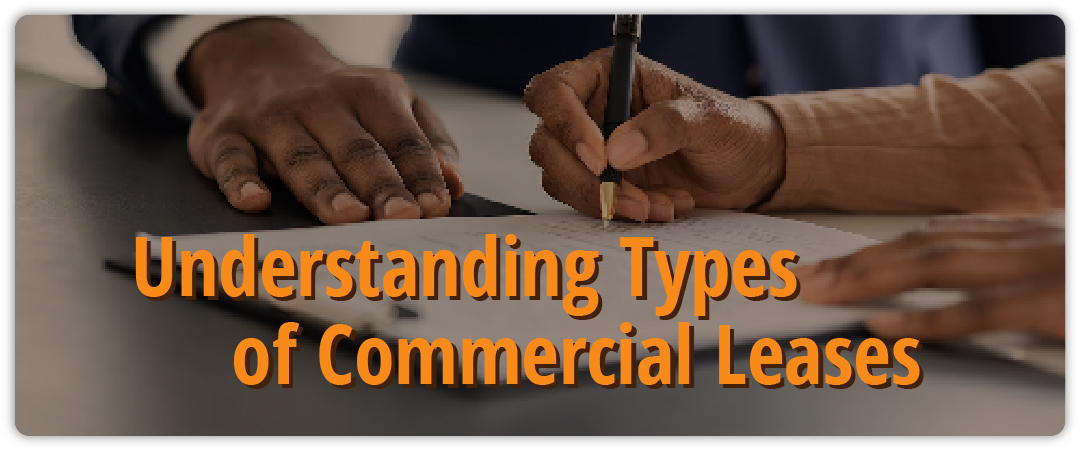


So, you’re ready to take the next step and move your business out of the basement and into a professional office—but what happens next? Acquiring professional space for business purposes is oftentimes a point of confusion when it comes to understanding the required lease agreements. It’s time to dispel the notion that commercial lease agreements are too complicated to understand.
This is the bare minimum amount that is required each month, independent of any other additional fees that may be added to the agreement.
Oftentimes this just means the tenant pays the taxes and insurance in addition to the base rent.
Like a double net lease, this lease is the base rental price, but with three additional costs—typically the common area maintenance, taxes and insurance of the rental property. These additional costs are often referred to as CAM charges.
While similar to a double or triple net lease, a net lease does not limit the additional costs to only two or three. This lease agreement may have several extra costs beyond the base price with taxes and insurance.
This is just a fancy way of saying that your landlord will pay for any extra costs that may arise beyond the base rent. While this might sound attractive, those additional potential costs will most likely be reflected in a more expensive base price. The upside is that the tenant doesn’t have to worry about separately paying those extra costs.
It is not uncommon for more than one tenant to share office spaces within the same building. While each space is individually rented, common areas such as lobbies or bathrooms are shared. This type of lease typically combines the usable square footage from within an individual office space with a percentage of the shared common areas. This final figure determines the rent price for each space within the building.
This is an agreement that has nothing to do with the rental itself but is based on the tenant’s percentage of monthly sales. This is a common agreement if the rental is located within an area that is used for retail businesses.
This agreement is based entirely on the usable square footage of the available space.
Each type of commercial lease has its purpose and place within the real estate industry. A basic understanding of the parameters associated with each kind of agreement takes the guesswork out of finding the perfect fit for your company and its office needs.
Chris Falk is an expert in office lease types and has a broad understanding of how to best guide his clients find which circumstance will be most beneficial to their needs.
Contact Chris Falk at 801-416-1024 or cfalk@ngacres.com or visit his website.
For startups, understanding your budget and risk tolerance is crucial. Double net leases often offer lower base rent but require covering taxes and insurance. While full-service leases provide predictability, they might be pricier. Consider consulting Chris Falk for personalized guidance based on your specific needs.
Percentage leases can benefit high-volume businesses, as rent fluctuates with your sales. However, they involve less predictability. Rentable square footage offers a fixed cost based on usable space, ideal for businesses with more stable sales. Discuss your sales projections with Chris to determine the best option.
CAM stands for “Common Area Maintenance.” In a triple net lease, tenants cover these charges, which go towards maintaining shared spaces like hallways, restrooms, and landscaping. The lease should clearly outline CAM calculations and potential fluctuations.
Yes, in some cases. If budgeting for unpredictable expenses is challenging, a gross lease eliminates that concern. Additionally, if you suspect shared areas might require significant maintenance, a gross lease could offer cost certainty. Consult Chris to analyze your specific situation and make an informed decision.
It’s crucial to have a lawyer review your lease agreement before signing. Leases are complex documents with legal implications. Having professional guidance ensures you understand all terms, responsibilities, and potential risks involved.